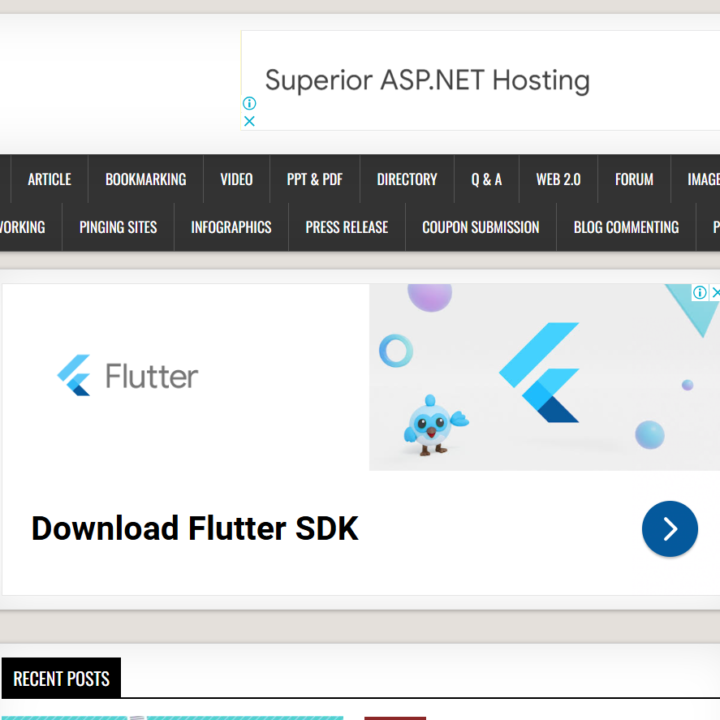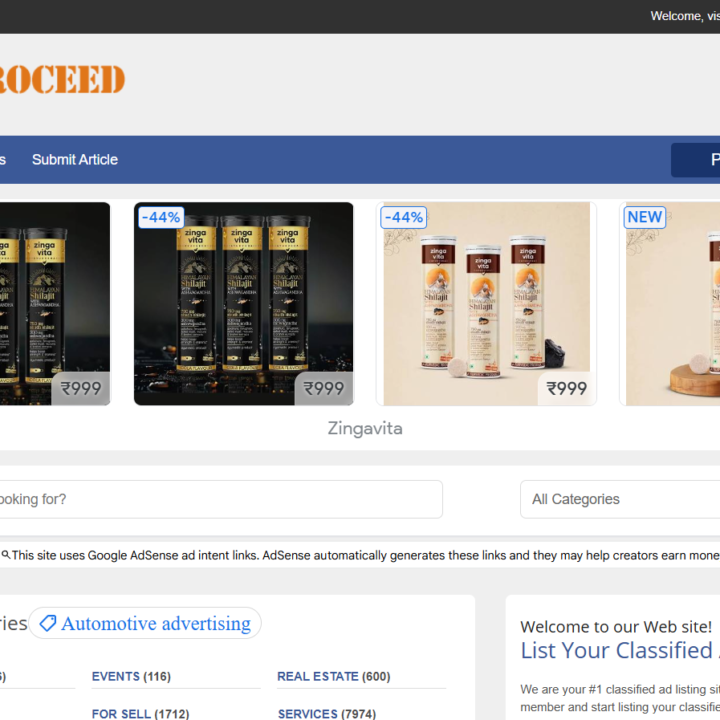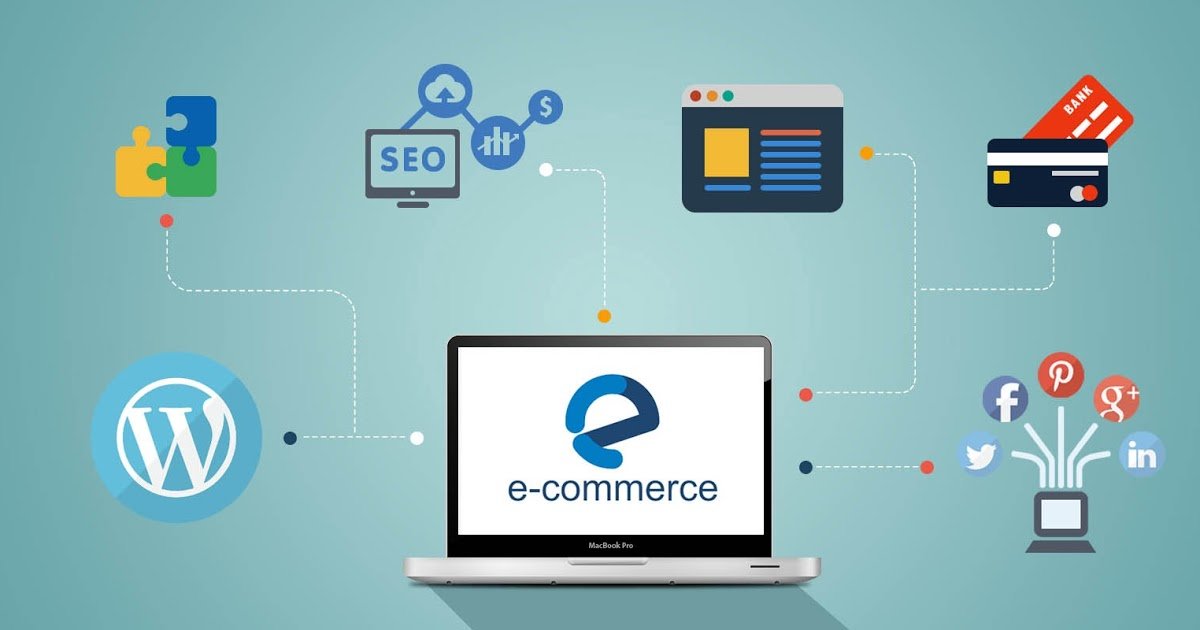Easy Ways to Improve Your E-Commerce Website’s Design
In today’s fast-paced digital world, having a well-designed e-commerce website is essential to capture the attention of potential customers and provide a seamless shopping experience. The design of your website plays a significant role in converting visitors into buyers. Whether you’re launching a new e-commerce site or looking to refresh your existing one, here are some easy and effective ways to improve your e-commerce website’s design.
1. Focus on a Clean and User-Friendly Layout
A clean and organized layout is the foundation of a successful e-commerce website. When visitors land on your site, they should be able to quickly find what they are looking for without feeling overwhelmed.
Key Tips:
- Simple Navigation: Ensure that your navigation bar is intuitive. Categorize your products logically (e.g., men’s, women’s, kids, accessories, etc.) and use clear, concise labels.
- Search Bar: A prominent search bar should be easily accessible so that users can quickly find products they’re interested in.
- Whitespace: Use whitespace effectively to separate different sections and create a sense of calm. This helps the content stand out and prevents the website from looking cluttered.
- Mobile-Friendly Design: With the increasing use of mobile devices for shopping, ensure that your website is fully responsive. Mobile optimization is a must to improve user experience and conversion rates.
2. Optimize for Fast Loading Speed
Website speed is a critical factor in retaining visitors. Slow-loading pages can frustrate users, resulting in a high bounce rate and lost sales opportunities. According to Google, 53% of mobile visitors will leave a page if it takes more than three seconds to load.
Key Tips:
- Compress Images: Large, high-resolution images can slow down your site. Use tools like TinyPNG or ImageOptim to compress images without losing quality.
- Minimize HTTP Requests: Reduce the number of elements on your page (scripts, images, etc.) that require an HTTP request to load.
- Use a Content Delivery Network (CDN): A CDN stores copies of your website’s static files in multiple locations around the world. This helps speed up loading times for visitors, regardless of their location.
3. Make Navigation Seamless with Filters and Sorting Options
For an e-commerce site with a wide range of products, providing effective filtering and sorting options is essential. Customers want to find the products they need quickly and efficiently.
Key Tips:
- Product Filters: Include filters that allow users to sort products by price, size, color, brand, rating, etc. This will improve their shopping experience and increase conversion rates.
- Sorting Options: Provide sorting options like “Best Sellers,” “Price Low to High,” and “New Arrivals” so that users can quickly narrow down their choices.
- Breadcrumb Navigation: Implement breadcrumb navigation to show visitors their location within the site. This helps users keep track of their journey and easily navigate back to previous pages.
4. High-Quality Product Images and Videos
The visual presentation of your products is one of the most important aspects of your website design. Since customers can’t physically touch or try on products online, high-quality images and videos help bridge that gap.
Key Tips:
- Multiple Angles: Provide multiple images of each product from different angles, allowing customers to view them from all perspectives.
- Zoom Feature: Implement a zoom feature so customers can examine products in detail.
- Product Videos: Adding videos that demonstrate your products in use can significantly increase customer trust and conversion rates.
5. Improve the Checkout Process
The checkout process is where many e-commerce websites lose potential sales. A complicated or lengthy checkout process can discourage customers from completing their purchases.
Key Tips:
- Guest Checkout: Allow customers to check out as guests without requiring them to create an account. While accounts can be beneficial, forcing users to sign up can lead to cart abandonment.
- Simplified Forms: Keep the checkout form short and straightforward. Only ask for essential information to reduce friction.
- Progress Indicators: Use a progress bar to show customers how far along they are in the checkout process. This helps reduce anxiety and makes the process feel quicker.
6. Enhance Trust and Credibility
Building trust with your customers is crucial for converting visitors into buyers. If your website doesn’t look professional or trustworthy, potential customers may hesitate to make a purchase.
Key Tips:
- SSL Certificate: Ensure that your website has an SSL certificate, which encrypts customer data and assures them that their information is secure.
- Customer Reviews and Testimonials: Display customer reviews and ratings prominently on product pages. Positive reviews build trust and encourage new customers to make purchases.
- Trust Badges and Secure Payment Options: Show payment options like PayPal, Visa, MasterCard, and other trusted methods. Display security badges to assure customers that their payment details are safe.
7. Streamline the Content and Visual Design
Your content and design should align with your brand’s personality and be visually appealing. A cohesive design that reflects your brand’s values will create a more enjoyable and memorable experience for users.
Key Tips:
- Consistent Color Scheme: Use a consistent color palette across your website. Choose colors that complement each other and align with your brand’s identity.
- Typography: Select clear, easy-to-read fonts. Limit the number of fonts used on the site to maintain a clean and professional look.
- High-Quality Graphics: Use high-quality graphics and icons to enhance the visual appeal of your site. Avoid overly flashy or distracting elements that could turn users away.
8. Add Clear Calls to Action (CTAs)
Effective calls to action (CTAs) are vital to guide users toward their next steps, whether it’s making a purchase, signing up for a newsletter, or browsing new arrivals.
Key Tips:
- Clear and Visible CTAs: Make your CTAs stand out by using contrasting colors, larger buttons, and persuasive text like “Shop Now,” “Add to Cart,” or “Sign Up for Exclusive Deals.”
- CTA Placement: Position CTAs where users are most likely to click, such as on product pages, in the header, or within pop-up windows.
9. Offer Live Chat or Chatbot Support
Providing real-time support can greatly enhance the customer experience on your e-commerce website. Live chat or chatbots can quickly answer questions and resolve issues, reducing the chances of cart abandonment.
Key Tips:
- 24/7 Availability: Consider using a chatbot that can provide immediate assistance at any time of day.
- Personalized Assistance: Live chat support allows customers to ask specific questions about products or delivery times, providing a personalized shopping experience.
10. Use Social Proof
Social proof is a powerful tool for building trust and convincing visitors that your products are worth purchasing. The opinions and experiences of other customers play a significant role in influencing buying decisions.
Key Tips:
- User-Generated Content: Encourage customers to share photos or videos of themselves using your products. Feature these on your website to build social proof.
- Influencer Endorsements: If possible, collaborate with influencers to promote your products and display their endorsements on your site.
- Social Media Integration: Link your website to your brand’s social media accounts and display social media feeds on your site to demonstrate that your business is active and popular.
Conclusion
Improving your e-commerce website’s design doesn’t have to be complicated or costly. By focusing on user-friendly navigation, faster load times, high-quality visuals, streamlined checkout, and trust-building elements, you can create a website that engages and converts visitors into loyal customers. Keep testing and optimizing different aspects of your design to ensure that you’re providing the best shopping experience possible. After all, a well-designed e-commerce website is not only about aesthetics – it’s about creating a seamless, enjoyable experience that drives conversions and builds







